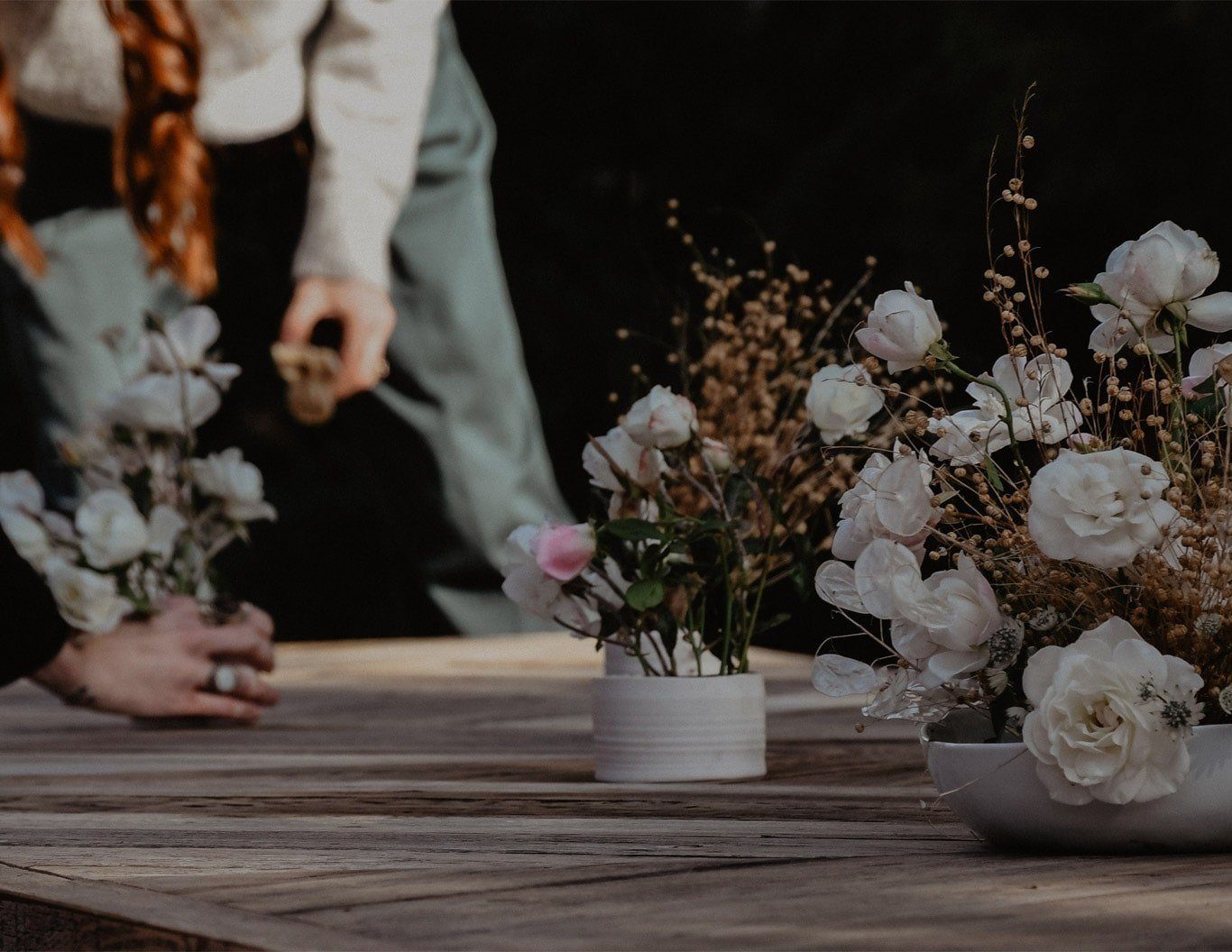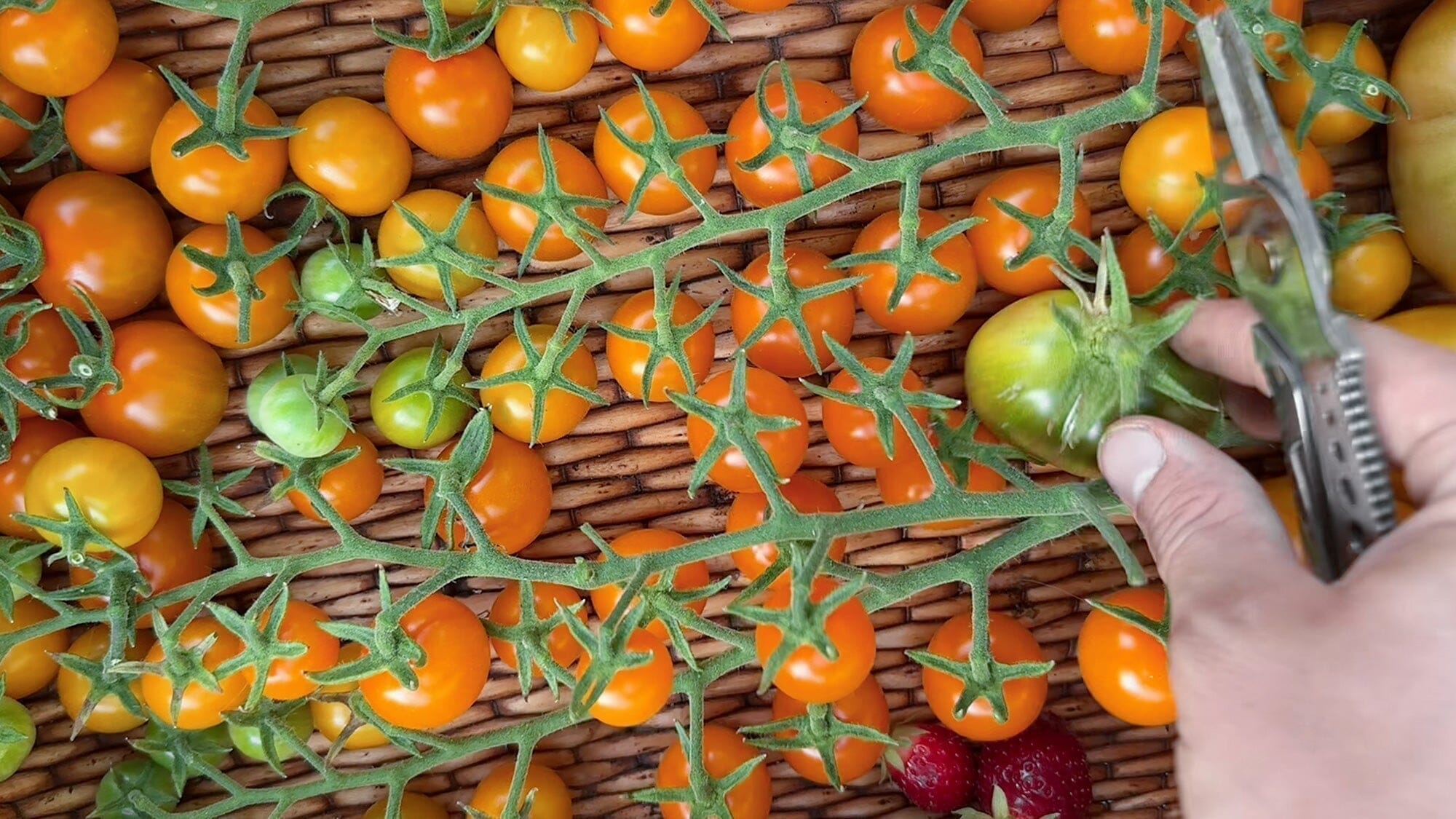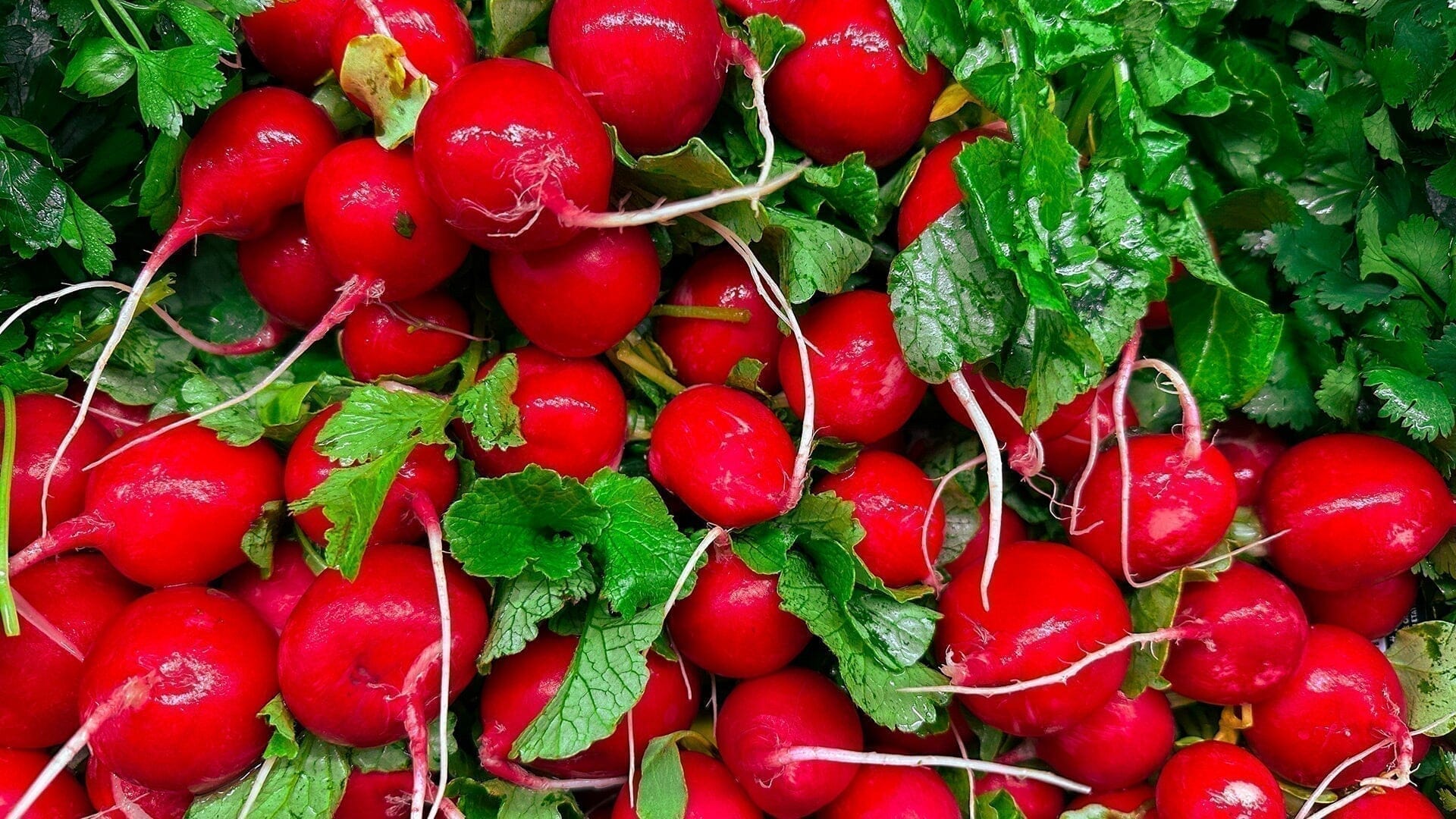Guest post by Jenevieve Hubbard, Wild Flora
In preparation for a backyard dinner party, Jenevieve embarked on a winter foraging trip. In her last post, she gave tips for winter foraging. In this installment, she shares ideas for arranging the finds from your exploration.

Arranging Your Winter Foraging Finds
There are two ways to arrange with your dried foraged finds. I happen to think that dried things completely on their own are exceptionally beautiful. Arrangement options can be as follows:
- Gather up some unique vessels and place handfuls of your dried seedpods or grasses in them.
- Use a low bowl with pin frog and make a stunning arrangement using the three ingredients you’ve gathered (rabbit brush, grass, and oak branches are a lovely combination).
- Consider placing individual branches along your table with a series of pillar and votive candles for a lovely minimalist feel.
My favorite way to arrange with dried foraged finds is by adding just a touch of vibrance and life with garden flowers and seasonal fruit. Even in November, I was able to find a bucket of iceberg roses still happily blooming despite the frost and some pretty white astrantia at the flower market. Paired with seasonal fruit like golden Bosc pears and a few additional bunches of roses from Rose Story Farm in California, as well as bits of luminescent garden Lunaria, we end up with a soft, beautiful natural look.



Making These Centerpieces
For our table, I paired bunches of dried wildflower pods, garden roses, and astrantia in a low bowl filled with water for the center table (and focal point) of our row of three.
To that, I added a series of handmade ceramic floral frogs and smaller vessels each filled with a handful of a single item—either seed pods, grasses or roses. Scattered together along the table, these little arrangements make for what is called a “tablescape”. This means your table is considered as a sum of its parts from minimal arrangements to candlesticks to pretty wooden plateholders and lovely folded linen napkins—all working together as a chorus. We worked in all the colors we found around us from gold to white to grey to the blush rose of that evening’s sunset and the maple leaves at our feet.



Every foraged arrangement I make is an opportunity to enjoy the inherent beauty of the place and the season in which I find myself and this tablescape was no exception. The entire day was a reminder of how beautifully abundant my life is and how much gratitude I have in my heart.
To read the blog post in which Jenevieve details her full experience, visit her Journal.
Photos courtesy of Breanne McMahon



